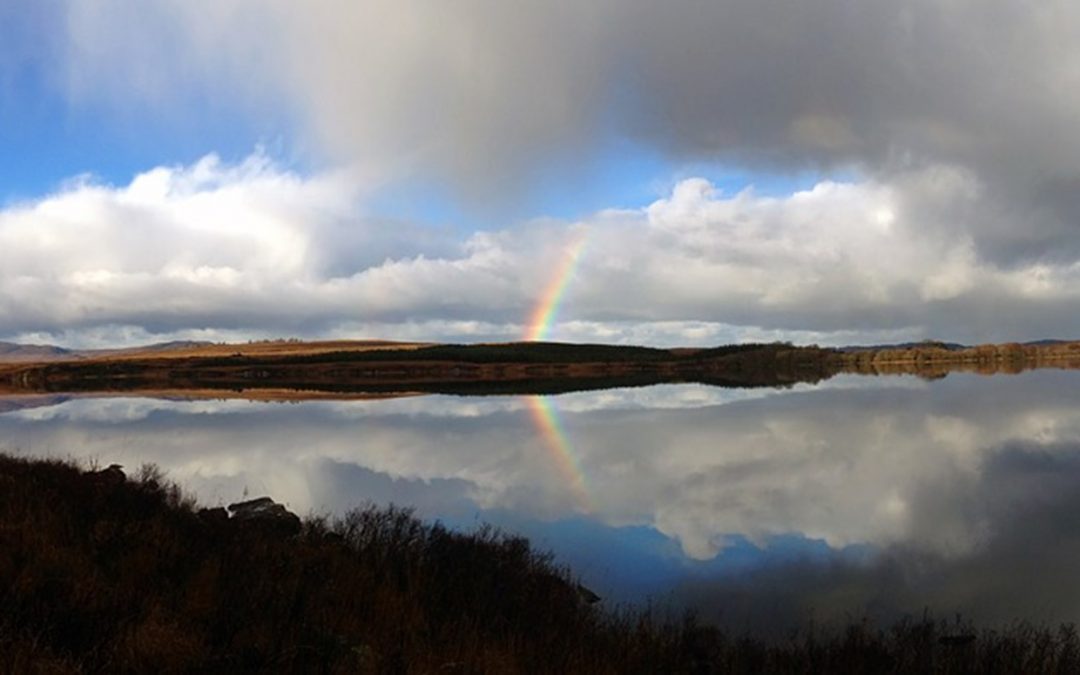Written by Mina Cullimore
Investigating rainbows through different disciplines offers opportunities to develop insight into the complexity of being human. Science has a vital role in informing us about refraction and the ability of our eyes to perceive the colours in a rainbow.
The beauty of rainbows has been captured in literature, art and music. Its role has significance in religious scripture and beliefs. It has been embraced as a symbol of diversity, hope and unity by social justice groups in society.
We have seen windows of homes that have been decorated with rainbows in recognition of key workers, particularly NHS staff, in their continuing endeavours to support our communities.
In recent months we have been preparing a range of resources to create insightful conversations about our perceptions and experiences of the world around us. A conversation with a child about rainbows can be an opportunity to talk about science and religion, through observations, questions and hands-on activities.
Engaging our curiosity about the world is an active process and exploring a question like “why do we see a rainbow?” can lead to experimenting the physics of refraction with prisms and discussing human biology.
Opening the dialogue to consider “what might be significant about me (and/or others) seeing a rainbow in this time and place?” enables us to consider different ways we gather and share knowledge, and reflect upon our experiences of this amazing world.
Photo credit: https://pixabay.com/photos/calm-waters-clouds-ireland-lake-2178324/

